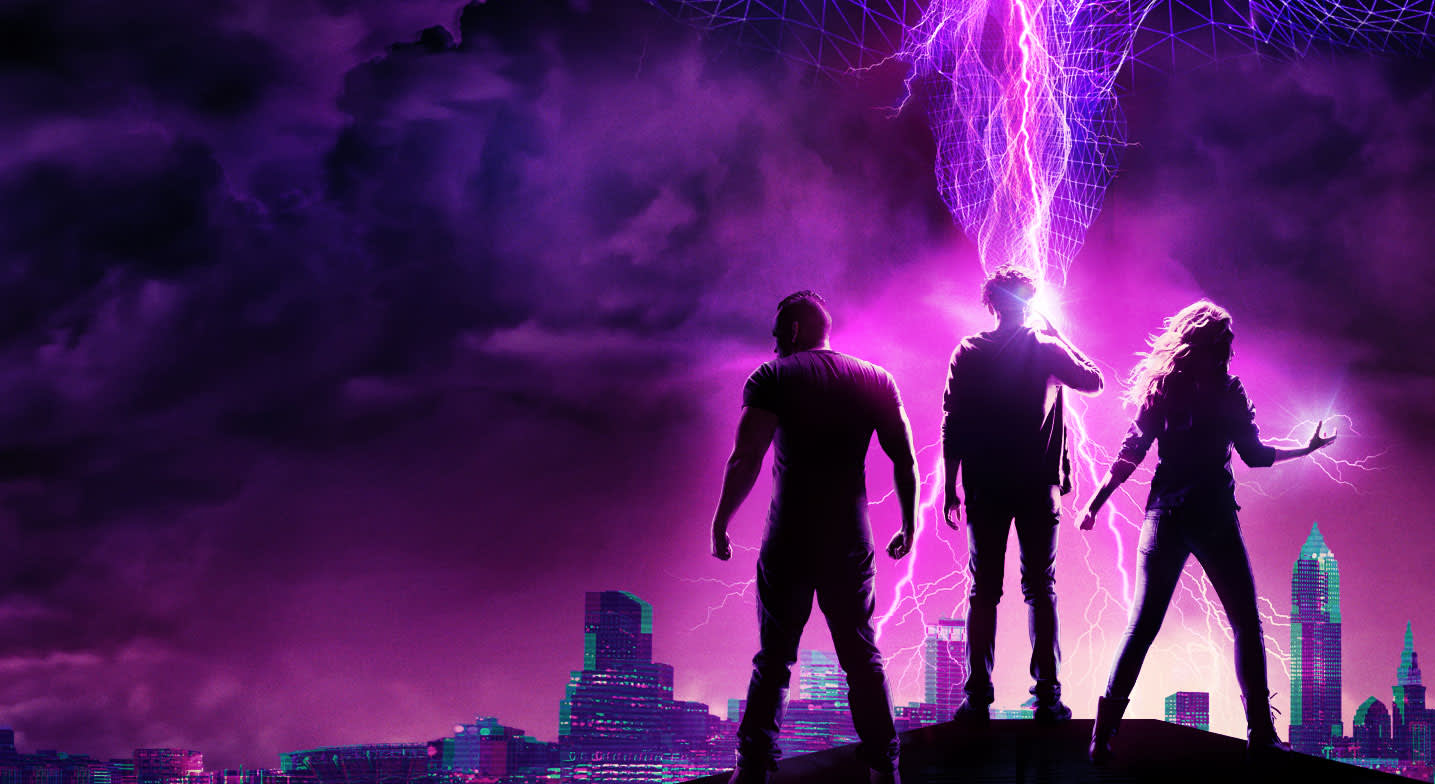Nowadays, it may seem like Stan Lee invented superheroes. So many of the characters he helped create are soaring across screens and firing the imaginations of millions of people across the world. But the legendary creator didn't birth the superhero genre all by himself; costumed crusaders were fighting and truth and justice just as Lee was getting started out in the publishing business. What Stan Lee did was arguably more important: he helped reinvent them.
Before Marvel Comics put out the first issue of Fantastic Fourin 1961, most superhero stories and characters fell into predictably familiar archetypes. The publishing landscape--dominated by the characters like DC Comics' Superman and Batman--featured single-issue storylines that didn't connect to each other and heroes whose lives were only ever disturbed by external plot contrivances. When the Fantastic Four, Spider-Man, and the Hulk debuted in Marvel's early years, they harbored foibles and flaws that were refreshingly human. Prior to the 1970s, Batman never really worried about money or the health of his butler/surrogate parent Alfred Pennyworth. But almost every issue of the early Spider-Man comics had Peter Parker fretting over Aunt May's well-being and how he could help her pay the household's bills. Despite being a strange visitor from another planet, the Man of Steel displayed almost perfect control of his emotions; the stresses of his double life as Clark Kent and Superman rarely led to fits of uncontrollable rage. If it ever did, the anger and consequences were all cleaned up by the end of a particular Superman story. The Hulk lived a different sort of super-strong life after being born in a bomb-blast of radioactive gamma energy. Bruce Banner's split identities of scientist and monster warred with each other, angry at their shared existence and the way puny humans hounded them even after they'd saved folks from saboteurs and would-be tyrants. The Hulk hated himself in a way that Superman never would.
Stan Lee and his co-creators ushered a different sort of superhero paradigm into the world.
The company's characters would show up in each other's stories and comment on big happenings in the universe, creating a sense of interconnectedness that felt vibrant and fresh. Once Stan Lee and his co-creators ushered a different sort of superhero paradigm into the world, the entire genre followed Marvel Comics' example. Over the decades, it was impossible to not reckon with Lee's influence as superhero stories explored more complicated psychological and existential ideas about what it meant to have power. And the settings for the adventures of Daredevil and Iron Man weren't made-up places like Metropolis and Gotham City. Marvel's heroes swung and flew through Manhattan, one that aimed to be recognizable for people who lived there and seductive to those who didn't. As an oft-invoked quote credited to Lee says, he wanted the fictional universe unfolding in Marvel's comics to look like the world outside your window.
Though the world outside readers' windows has changed a lot, one of Stan Lee's last projects still demonstrates the desire to ground super-heroic feats in a sensibility that draws from familiar everyday experiences. Stan Lee's Alliances: A Trick of Light, narrated by Yara Shahidi, showcases many of the approaches that became a trademark of the Marvel Comics editorial house style during the company's heyday in the early 1960s. Main character Cameron Ackerson starts out as a cocky and brash underdog YouTuber, venturing into dangerous situations with jerry-rigged tech gadgets of his own creation. That template riffs a bit on characters like Johnny Storm/The Human Torch and Rick Jones, teenagers with more ambition than sense who appeared in Fantastic Four and Hulk comics written by Lee. After being seriously injured in a freak electrical storm, Cameron discovers he has powers that let him communicate with and manipulate almost any kind of technological device. Those powers are more of a curse than a blessing at first, and that shift angles the young protagonist into something more like a mutant from the X-Men. Cameron fears that he's become a freak and his evolution into something more than human will make his peers hate and fear him--much like Cyclops, Rogue, Wolverine, and the other mutant heroes who've been hunted and persecuted in the Marvel Universe.
Lee's fingerprints can be felt on the story's other major character, too. A Trick of Light's main female character is Nia, an intellectual prodigy raised in near-total isolation, her only contact with other people coming via the internet. Nia comes off as reminiscent of Crystal, the young woman who wielded elemental energies as part of the royal family of the Inhumans. Empowered by genetic structures altered by cosmic beings eons ago, the Inhumans' ancient society existed apart from modern society for centuries until an encounter with the Fantastic Four. Crystal grew up sheltered from the rest of the world for much of her life and her romance with the Human Torch served as an introduction to the planet.
Underneath the skin-tight costumes, the characters in the tales crafted by Lee and his partners were still human beings.
Nia and Cameron first encounter each other in the classic Stan Lee/Marvel Comics style, where heroic characters often fought each other during their initial points of contact for reasons of mistaken identity and misinformation. Nia and Cameron's meet-brute showdown gets a modern-day update, happening in the digital realm of a multiplayer video game. Nia shows up in a match that Cameron was effortlessly dominating after getting his technopathic superpowers, humbles him in an impressive display of skill, and disappears without a trace. They meet again, becoming allies and eventually so much more--another thematic homage to Lee's classic Marvel work.
As Crystal and the Human Torch fell in love, the Inhuman heroine started using her abilities to help the world at large. Nia and Cameron follow a similar arc when she starts helping him deliver a snarky brand of internet justice that exposes and punishes bullies and the hate-mongering pundits who inspired him.
The media commentary bubbling up in A Trick of Lightframes Cameron as a minor celebrity after his near-death experience and his initial instances of do-gooding all focus on the internet. Classic storylines crafted by Lee and his cohorts did the same thing with the concept celebrity decades ago. Peter Parker first used his spider-abilities to win money in wrestling matches and appear on televised variety shows. An early Fantastic Four story has the family of adventurers ensnared in a plot disguised as a film production. Stan Lee, Jack Kirby and their creative partners posited that people with fantastic abilities and larger-than-life existences wouldn't always want to retreat back to anonymity and paycheck-to-paycheck subsistence. Underneath the skin-tight costumes, the characters in the tales crafted by Lee and his partners were still human beings.
That's still the case in A Trick of Light. The project's melodramatic set-up pits slightly neurotic, naively idealistic, heroic characters against scheming would-be conquerors. The idea of approachable humanity even extends to an extraterrestrial villain, whose thirst for revenge is fueled by semi-sympathetic reasons. If you put yourself in the shoes of Cameron Ackerson, Peter Parker, or Nia, you'd probably understand why they do what they do. Stan Lee wanted audiences to find familiar emotions and frustrations amidst the fantastical metahuman powers, and believed that we too might try to make the world a fairer, more colorful place in our own way.




